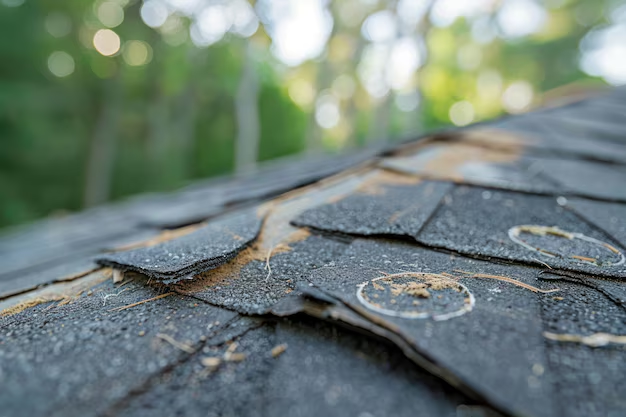The Lifespan of Roof Shingles: What Homeowners Need to Know
When it comes to maintaining your home, roof shingles are a critical component of your house's integrity, aesthetics, and safety. Understandably, one of the key questions homeowners have is: "How long do roof shingles last?" Let's dive into the different types of shingles, their longevity, and how you can manage the financial aspects of roof maintenance.
Types of Roof Shingles and Their Lifespan
Asphalt Shingles: The most popular choice due to their affordability and ease of installation, asphalt shingles generally last 15 to 30 years. Their longevity depends greatly on climate, maintenance, and the quality of installation.
Wood Shingles and Shakes: Known for their rustic appearance, these typically last 20 to 40 years. Their life expectancy can be increased with proper maintenance and by treating them to prevent rot and insect damage.
Metal Roofing: Often composed of aluminum or steel, metal panels have a long lifespan of 40 to 70 years. They require minimal maintenance and have excellent resistance to severe weather.
Tile Shingles: Made from concrete or clay, these shingles are very durable and can last from 50 to 100 years, though they are more costly upfront and may require additional structural support due to their weight.
Slate Shingles: Offering a classic and sturdy look, slate roofing can endure for 75 to 150 years. However, they are among the most expensive options available.
Factors Influencing Shingle Longevity
- Climate and Weather Conditions: Harsh weather, such as severe storms, rapid temperature changes, and high humidity, can impact the lifespan of shingles.
- Installation Quality: Proper installation plays a vital role. A poorly installed roof may lead to premature wear and tear.
- Maintenance and Repairs: Regular inspections and timely repairs can help in extending your roof’s life. Look out for missing or damaged shingles, and clean your gutters to prevent water damage.
Financial Considerations for Roof Maintenance
Maintaining or replacing your roof shingles isn’t just about understanding their lifespan; it’s also about managing the costs associated. Here are some steps and resources to help ease the financial burden:
1. Budget for Regular Maintenance
Just like any aspect of home maintenance, budgeting for periodic inspections and minor repairs can prevent more significant expenses down the line.
2. Seek Financial Assistance
- Government Aid Programs: Check with local government for home repair assistance programs that may cover roofing needs.
- Homeowner's Insurance: Some policies may cover unforeseen roof repairs, particularly if caused by natural disasters.
3. Explore Financing Options
- Personal Loans or Lines of Credit: Consider these for larger roofing projects. Shop around for the best interest rates and terms.
- Contractor Financing: Many roofing contractors offer financing plans. Always compare these options to bank or credit union offers for the best deal.
4. Leverage Educational Grants
If you're a tradesperson interested in expanding your skills to perform repairs yourself, look for grant-backed educational programs that can help you learn the ropes of roofing.
Helpful Resources for Homeowners
Here is a quick-reference list of financial resources that might aid you in managing roofing costs effectively:
- 🏠 Housing Repair Grants and Loans: Check eligibility for federal and local grants aimed at housing repair.
- 🏢 County Weatherization Programs: Reduce costs by improving energy efficiency in your home, which may include roofing.
- 💳 Credit Union Offers: Often have better personal loan rates for home improvements.
- 🎓 Vocational Training: Look for scholarships or grants that cover trade skills education, possibly enabling DIY roof care.
In summary, while the lifespan of roof shingles varies widely depending on the material and environmental conditions, proper maintenance, and timely financial planning can significantly mitigate costs and extend your roof's life. Make use of available resources that can ease the financial burden and keep your home safe and beautiful.
